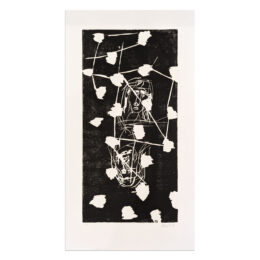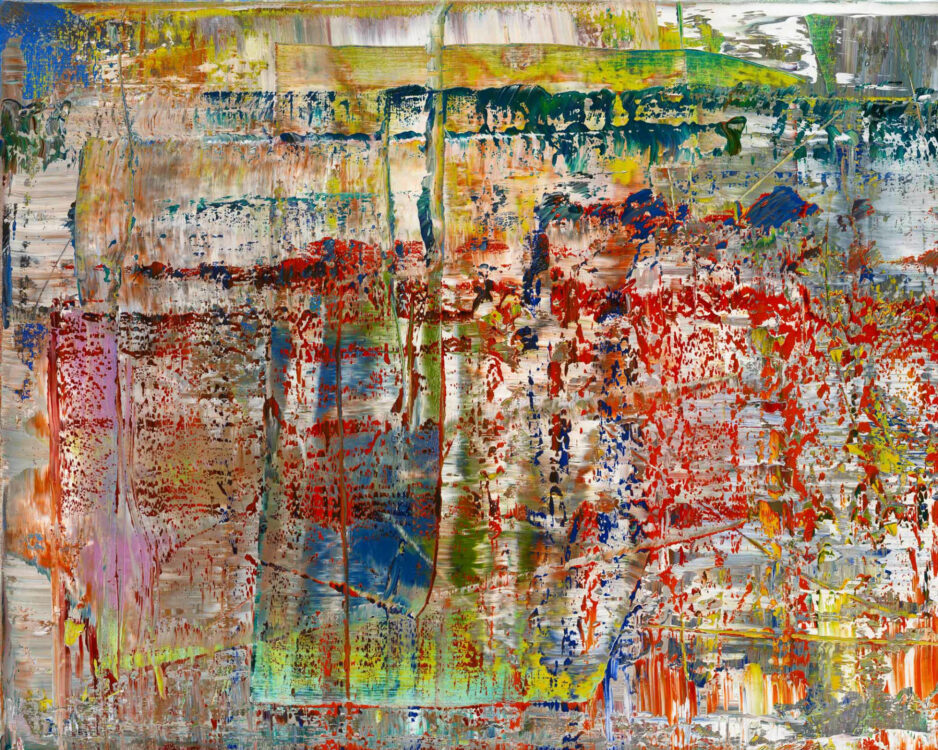


German artists have been particularly prominent in the early 20th century with the formation of the German Expressionism art movement though throughout art history they have been overshadowed by Italian and French artists. From the oldest known work of figurative art to its current output of modern art, German art has a long and illustrious legacy in the visual arts.
Germany has only had one state since the 19th century, and establishing its borders has historically been a challenging and unpleasant process. German art from former eras frequently includes works created in German-speaking countries and territories, such as Austria, Alsace, much of Switzerland, and cities or regions to the east of the current German borders.
German art has been vital to the evolution of Western art, particularly Celtic art, Carolingian art, and Ottonian art, although tending to be overlooked in comparison to Italian and French contributions from the perspective of the English-speaking world. For the remainder of the Middle Ages, France and Italy took the lead from the development of Romanesque art, but the creation of an increasingly affluent Germany remained crucial.
Albrecht Dürer served as the German Renaissance’s prominent figure and the country’s early dominance of printing initially controlled the German Renaissance, which grew in rather different ways from the Italian Renaissance. The Northern Mannerism, the final phase of the Renaissance, was concentrated in Flanders and Prague, the Imperial capital. However, notably in building, the German Baroque and Rococo enthusiastically adopted these imported elements. Although German participation in the numerous broadly Modernist forms that emerged after the demise of Academic painting has been increasingly significant, the German roots of Romanticism did not result in an equally prominent place in the visual arts.